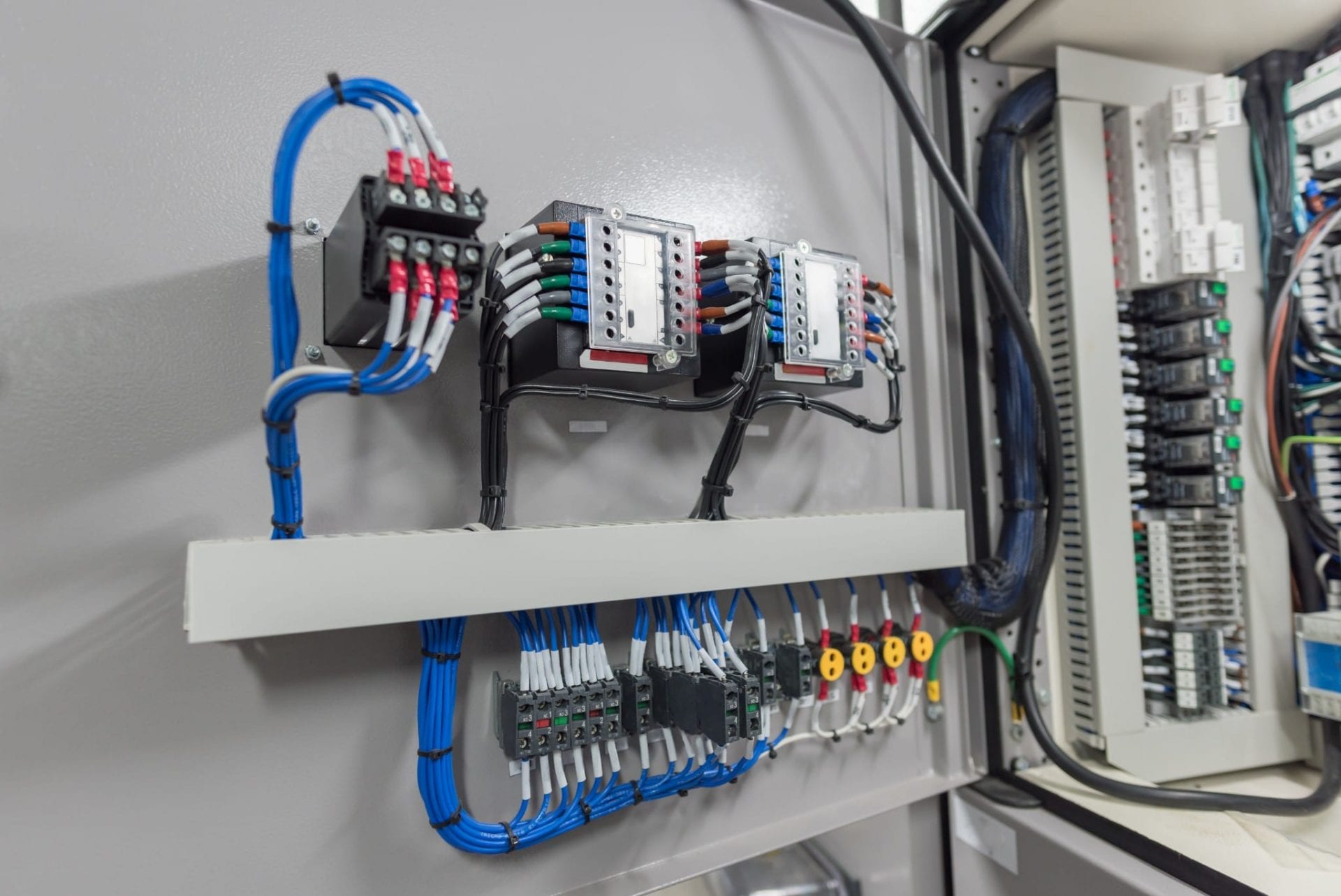Beginner's Guide to Electrical Wiring: Tips and Techniques for Safe and Effective Installation

Electrical wiring is an essential part of any home and understanding it is crucial for each homeowner. Not only is it helpful to ensure the smooth operation of your home but it’s also crucial for your safety. In this article, we will go over the fundamentals of electrical wiring and the importance of safety and the advantages of employing a licensed residential electrician for all your electrical wiring needs.
Understanding Electrical Wiring Basics
The electrical wiring refers to the system of electrical conductors which run throughout your home, providing electricity to your appliances, devices, and lighting fixtures. It works by forming electrical circuits that connect your sources of power to your devices. Electrical circuits are made up of wires, switches, along with other electronic components, which function to create a safe and functional electrical system. There are many kinds of electrical wiring. These include aluminum, copper, as well as types of wire insulation like PVC, rubber, or paper.
Preparation and planning for electrical Wiring
Before installing new electrical wiring, there are a variety of factors to consider, including the kind of wiring you need, the capacity that your electric system can handle, and your power requirements. In addition, it is essential to be aware of the electrical wire regulations as well as permits needed in your locality. To prepare your electrical wiring system, create an electrical plan, and then assess your electrical needs. This will make sure that the electrical wiring is secure efficient, reliable, and meets your power requirements.
Materials and tools required for Electrical Wiring
When making new electrical wiring, it is essential to have the proper tools and materials available. Tools that are essential include strippers, wire cutters pliers, and the voltage tester. Other components required for electrical wiring comprise electrical tapes, wire nuts conduit and electrical boxes. It’s also beneficial to have a wiring diagram that will guide you through the installation process.
Step-by-Step Instructions for Electric Wiring Installation
Installing electrical wiring can be complicated however, with the right equipment and the right knowledge it can be accomplished in a safe and efficient manner. Here’s a step-by step guide to installing electrical wiring inside your home:
Switch off the power in the area where you will be working.
Design the wiring layout and mark where the wiring will be positioned.
Install electrical conduits and electrical boxes wherever needed.
Cut and strip wires to the appropriate length.
Make sure you connect the cables to your fixtures or devices you’re wiring.
Make sure the wires are secured using the wire nuts or electrical tape and conduit straps.
Examine the wiring to confirm that it’s working properly.
In the process of installing it is essential to follow the best wiring installation practices and tips. Also, be aware of common mistakes that you should avoid while installing wiring for example, wiring circuits that are too large, using damaged wires or using the wrong kind of wire for the job.
Troubleshooting Electrical Wiring Problems
Even with careful design and installation, electrical wiring problems may arise. The most frequent issues are circuit overloads, wiring damage, and electrical shorts. To resolve these issues it is crucial to be aware of common electrical wiring problems and understand how to effectively and safely address the issue. In addition, it is essential to follow the proper electrical safety protocols when troubleshooting electrical wiring issues, such as turning off the power source and wearing safety equipment.
Conclusion
In conclusion, understanding the electrical wiring inside your home is vital to your safety and the efficient functioning that your electric system provides. It is crucial to engage an authorized electrician to ensure your wiring is set up and maintained properly. In Local Electricians Adelaide, we provide various electrical services, which include electrical wiring repair and installation. Contact Local Electricians Adelaide at 1300 962 979 to discuss all your electrical wiring requirements.
Electrical Wiring FAQ
Here are some frequently asked questions related to electrical wiring, along with other safety guidelines and the best techniques for electrical wiring installation and repair:
What kind of wire should I use to wire my electrical circuit?
The kind of wire that you will need for your electrical wiring will depend on your specific needs and local building codes. It is important to use the right gauge for your wire, insulation type, and wire material to ensure the safety and efficiency of your electrical system.
Can I install an electrical wire of my own?
While it is feasible to build your own electrical wiring, it’s essential to have the proper knowledge and experience to complete the task safely and efficiently. In the majority of instances, it is recommended to engage an authorized electrician to ensure that your wiring is set up and maintained correctly.
How often should I be having my electrical wiring checked?
It is suggested to inspect your electrical wiring every 10 years or when you spot signs of electrical problems, such as frequent trips to the circuit breaker or electrical shocks.
What do I do if discover electrical wiring issues in my home?
If you notice any electrical wiring issues in your home, such as flickering lighting or outlets that do not work, it’s crucial to fix them right away. Shut off power to the affected area and contact an authorized electrician to determine and fix the problem.
By following these tips and the best practices, you can make sure you have electrical connections that are secure and functioning properly. Make sure you are taking safety into consideration and consult with a licensed electrician in the event of a need. Call Local Electricians Adelaide at 1300 962 979 to discuss all of electrical wiring issues.
